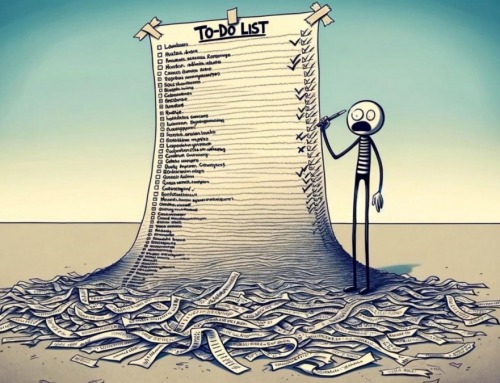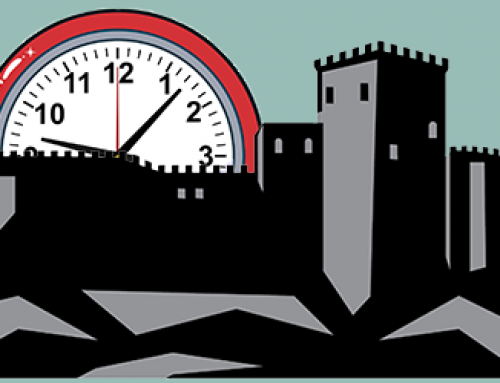You choose how you approach life.
 By choosing to be proactive, you will significantly impact the life you will have. If you’re proactive, you focus on preparing. If you’re reactive, you end up focusing on repairing.
By choosing to be proactive, you will significantly impact the life you will have. If you’re proactive, you focus on preparing. If you’re reactive, you end up focusing on repairing.
Most of us have high hopes of accomplishing something important in life, perhaps creating some sort of legacy or establishing new and better ways of doing things
Unfortunately, most of us believe that we’re so busy handling day-to-day issues that there never seems to be time for anything else—let alone anything extraordinary.
When it comes to getting things done, all day long you’re either in a Reactive mode or a Proactive mode.
The Reactive Mode
The Reactive mode is when you react to situations that occur and are driven by events and the actions of other people. At work you do what you’re told, and when you finish, you wait for more orders.
The Proactive Mode
The Proactive mode is when you seek to make a positive impact, which is driven by you. At work, in addition to doing your job, you’re also looking for opportunities for improvement.
Which Mode are You Currently In?
The Reactive mode is when you’re handling daily routines, dealing with urgent tasks, resolving crises, and handling interruptions—even the constant alerts on your smartphone and desktop computer keep you in the Reactive mode.
The Proactive mode is when you’re spending time developing and improving your business and your skills, you’re focused on high-priority key tasks, achieving deadlines and targets, and managing projects.
Being Proactive requires you to accept responsibility for your situation and to take the initiative to make it better—even if your choices are limited at the moment.
We probably all spend time each day in the Reactive mode. You can’t fully escape urgent issues or interruptions—but you can control how you react to them. A Proactive person doesn’t blame circumstances, conditions, or conditioning for their behavior. Their behavior is a result of their own conscious choice based on values—rather than a product of their conditions based on feelings.
One way to look at it is Reactive work ‘gets things done’, and Proactive work ‘makes things happen’. When you’re Proactive, you choose to act on the world—when you’re Reactive, you choose to let the world act on you. Being Proactive doesn’t mean being pushy, obnoxious, or aggressive. It does mean recognizing your responsibility to make things happen.
Those who gain recognition and promotion in organizations are usually those who are proactive; they’re those who use their initiative to make things happen.
Increase your effectiveness with PlanPlus Online.
A productivity system for leaders.

A Simple Way to Tell if You’re Being Proactive or Reactive
 Listen to your language you’re currently using.
Listen to your language you’re currently using.
If you’re in the Reactive mode, you’ll say things like:
- I have to
- I must
- If only
- I can’t
- I don’t have time
- I don’t have the authority
- There’s nothing I can do
- It’s just the way I am
- That makes me so mad
If you’re in the Proactive mode, you’ll say things like:
- I choose
- I prefer to
- Yes
- No
- I will
- Let’s look at our alternatives
- I can choose a different approach
- I can choose an appropriate response
- I can do it
Becoming Proactive
You can learn to spend more of your time in the Proactive mode. Here’s some ideas on how to start:
For a full day, listen to your language and the language of those around you. How often is it Reactive or is it Proactive?
Now think of something you’ve been wanting to accomplish, and ask “How would a Proactive person accomplish this?” Make a commitment to do just that!
Remember, every Proactive person has two beliefs: the future can be better than the present, and I have the power to make it so.







